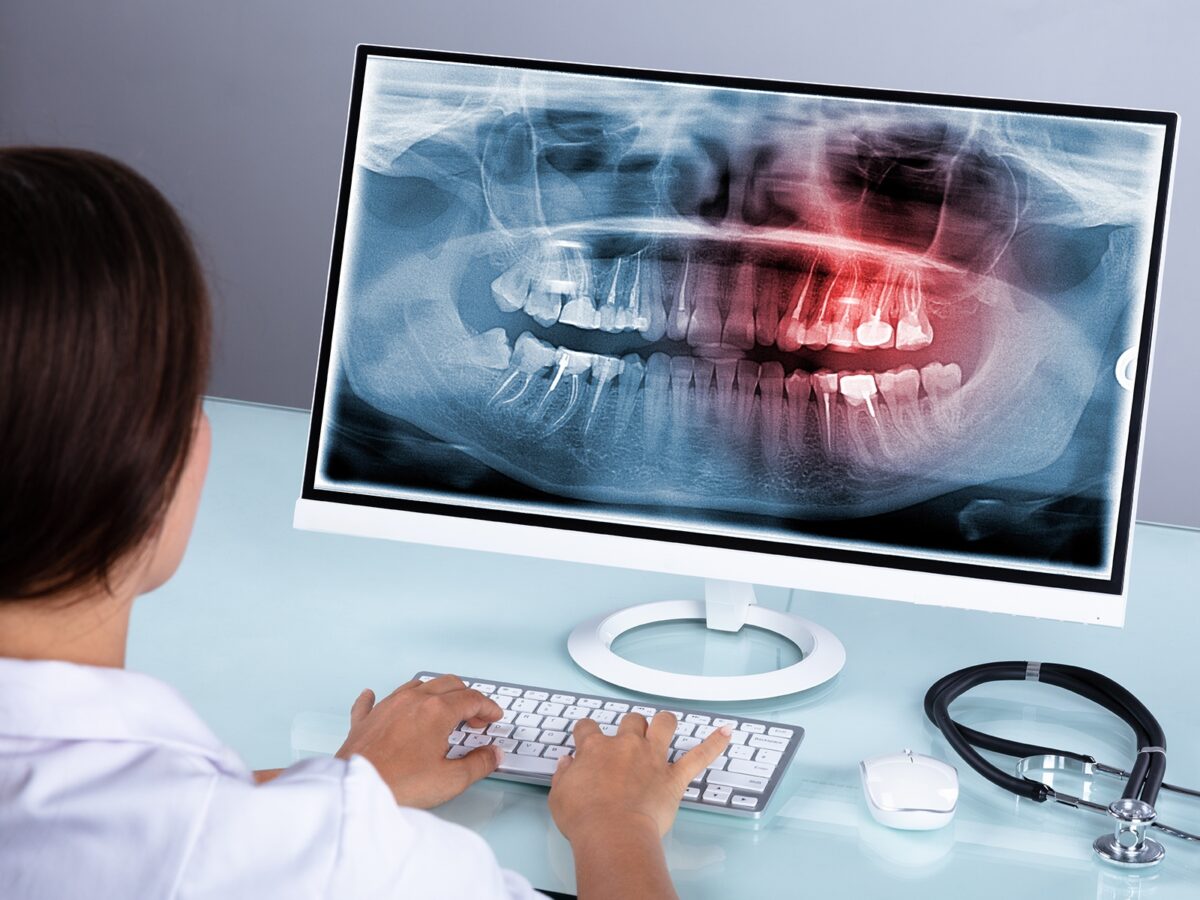Blog
Dental hygiene tips for healthy teeth & gums

What is Oral and Maxillofacial Radiology?
Oral and maxillofacial radiology, also referred to as dentomaxillofacial radiology, is a branch of dentistry that uses radiography to treat illnesses, abnormalities, and ailments. Imaging techniques such as MRI, X-Ray, and CT scans are used to diagnose and treat problems with the teeth, mouth, and jaw, among other things.
Techniques in Oral and Maxillofacial Radiology
Oral and Maxillofacial Radiology use diagnostic imaging to examine craniofacial and dental structures. Imagining techniques include
- Digital Imaging
- Computed Tomography (CT) and plain films
- Magnetic Resonance Imaging (MRI)
- Ultrasound (US)
Oral symptoms usually have a bone and skeletal base under the soft tissues. Because radiographs can reveal non-clinically visible structures: the imaging technology helps dental practitioners to deal with many unidentified issues.
Advantages of Oral and Maxillofacial Radiology
- Preparation for surgery in the affected area
- Diagnosis and treatment of oral cancer
- Making a treatment plan for orthodontics
- Planning for dental implants
- Visualizing abnormal teeth
- Evaluation of unusual pain in your face or jaw,
- Assessment of cavity formation
- Diagnosis of unidentified dental problems
Practicing Oral and Maxillofacial Radiology
A degree in Oral and Maxillofacial Radiology takes 4-5 years. Starting with a dental degree, followed by postgraduate studies, and then passing the state licensure exam. Training includes procedures and interpretation of maxillofacial CT, CBCT, MRI, ultrasound, and other imaging modalities.
Oral and maxillofacial radiology is gaining popularity everywhere. Its precision and comprehensive interpretations to help with the diagnosis are very helpful and essential parts for dentistry.
Schedule your appointment with a dentist today and get the treatment on time!
